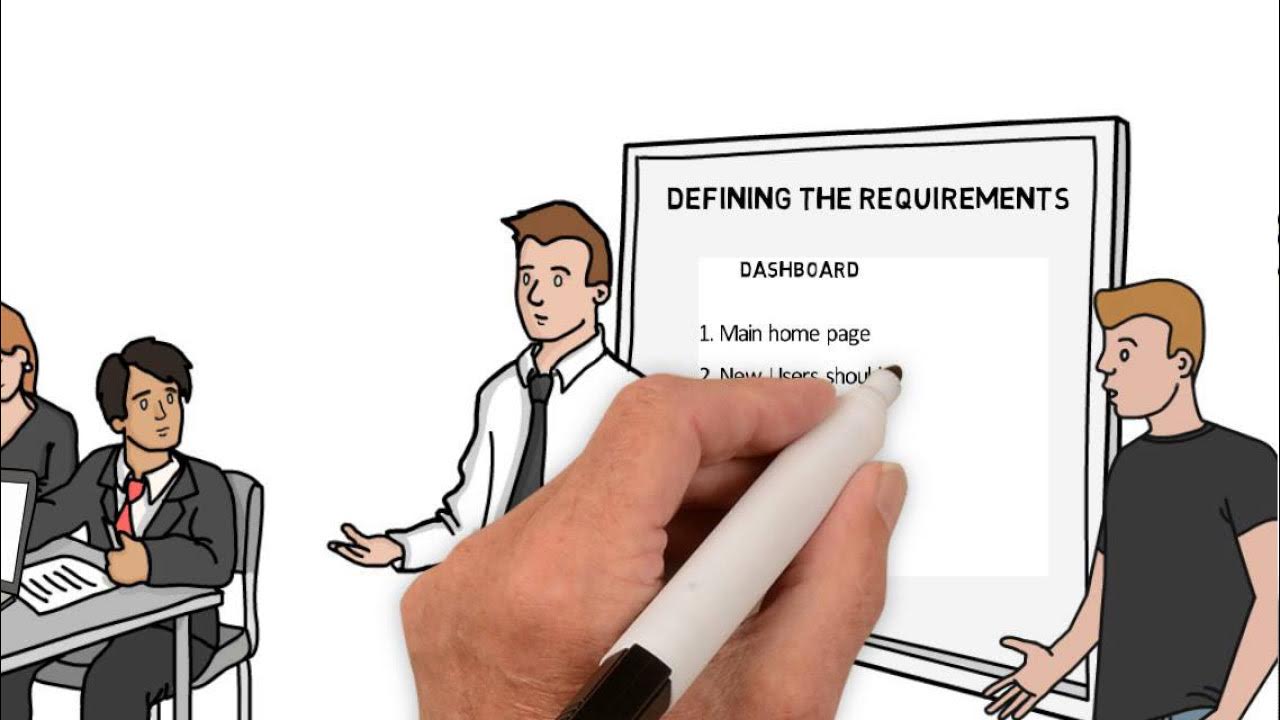CH02. L03. Maintenance-testing
Summary
TLDRThe video script discusses the importance of 'Maintenance testing' in software development. It covers three scenarios: modification, migration, and retirement of software, emphasizing the need for re-testing to ensure changes do not introduce new bugs. It also highlights the significance of regression testing, impact analysis, and having complete, updated specifications for effective maintenance testing.
Takeaways
- 🔄 Maintenance testing is crucial after deploying software to ensure that changes, modifications, or migrations do not negatively impact the software or introduce new bugs.
- 🛠️ When a customer requests a new feature or modification, maintenance testing for modification is necessary to validate the changes.
- 🔄 Maintenance testing for migration is required when software is moved from one platform to another, as this can cause significant changes in the software.
- 🚫 Maintenance testing for retirement involves archiving data and ensuring that the software functions effectively before it is no longer in use.
- 🔎 Regression testing is essential after any change to assess the impact on other parts of the software and to check for any unexpected new bugs.
- 📊 The scope of regression testing depends on the risk of the change, the size of the existing system, and the size of the change.
- 🔍 Maintenance testing can be applied to all testing types and levels, emphasizing its broad applicability in software testing.
- 📚 Impact analysis is crucial in determining the extent of the effect of changes on the system, guiding how much regression testing is needed.
- 🚫 Incomplete or outdated specifications can hinder the application of maintenance testing, as they do not provide a clear reference for system status before and after changes.
- 📈 The script discussed various software development models, including sequential (e.g., waterfall), iterative (e.g., RAD, RAP, Agile), and incremental models.
- 🔬 Testing levels were outlined, including component (unit) testing, component integration testing, system testing, system integration testing, and acceptance testing.
Q & A
What is the purpose of maintenance testing in software development?
-Maintenance testing is conducted to ensure that changes made to the software, such as modifications, migrations, or retirements, do not negatively affect the software's functionality or introduce new bugs.
Why is it necessary to perform maintenance testing for modifications in software?
-Maintenance testing for modifications is necessary to verify that the addition or alteration of features does not disrupt the existing functionality or introduce unexpected issues.
What does 'Maintenance testing for migration' refer to and why is it important?
-It refers to the testing conducted when software is moved from one platform to another, ensuring that the software functions correctly in the new environment. It's important to prevent issues arising from platform-specific differences.
What is the significance of maintenance testing for the retirement of a system?
-This type of testing is crucial for extracting and archiving necessary data from a system that is no longer in use, ensuring that the data is accurate and the system can be effectively retired without operational issues.
What is the role of regression testing in the context of maintenance testing?
-Regression testing is performed to check if the changes have affected other parts of the software, potentially causing new bugs. It helps in verifying the stability of the software post-modification.
How does the scope of regression testing relate to the changes made in the software?
-The scope of regression testing is determined by the risk of the change, the size of the existing system, and the size of the change itself, ensuring a focused and efficient testing approach.
Why is impact analysis important when conducting maintenance testing?
-Impact analysis helps determine the extent of the effect of changes on the system, allowing testers to decide how much regression testing is needed and where to focus their efforts.
What challenges might arise if software specifications are not complete or updated during maintenance testing?
-Incomplete or outdated specifications can make it difficult to apply maintenance testing effectively, as there is no reference to compare the system's status before and after the changes.
What are the different types of software development models mentioned in the script?
-The script discusses Sequential models like the Waterfall model and V-model, Iterative models such as RAD, RAP, and Agile, and Incremental models, which are a mix of sequential and iterative approaches.
Can you explain the five levels of testing mentioned in the script?
-The five levels are Component (Unit) testing, Component integration testing, System testing, System integration testing, and Acceptance testing, each focusing on different aspects of the software at various stages of development.
What are the three types of testing discussed in the script, and when are they preferably used?
-The three types are Black Box testing, which is preferably used at higher testing levels, White Box testing or structure testing, which is preferred at lower levels, and testing related to change, with regression testing being a key focus.
Outlines

此内容仅限付费用户访问。 请升级后访问。
立即升级Mindmap

此内容仅限付费用户访问。 请升级后访问。
立即升级Keywords

此内容仅限付费用户访问。 请升级后访问。
立即升级Highlights

此内容仅限付费用户访问。 请升级后访问。
立即升级Transcripts

此内容仅限付费用户访问。 请升级后访问。
立即升级浏览更多相关视频

Lecture 04: Introduction- IV

05 - System Analysis and Design | What is SDLC | Phases of SDLC | Importance of SDLC

Lecture 06: Life Cycle Model

Part1- Database Testing Overview | Backend Testing | Practical Approach

DAY 01 | SOFTWARE TESTING | V SEM | B.C.A | BASIC SOFTWARE TESTING | L1

Software Development Lifecycle in 9 minutes!
5.0 / 5 (0 votes)
